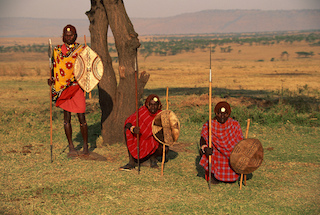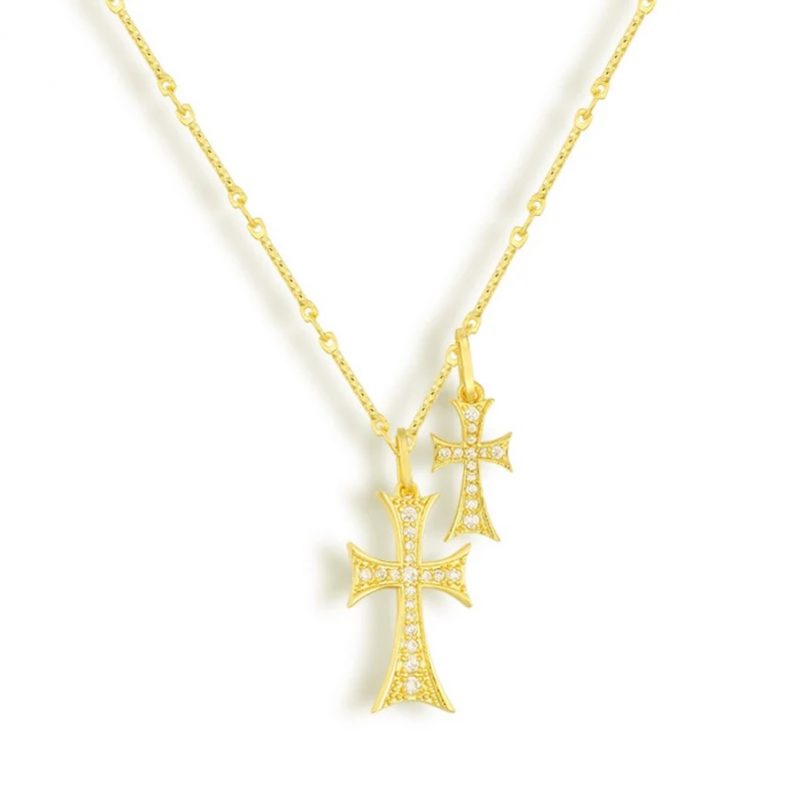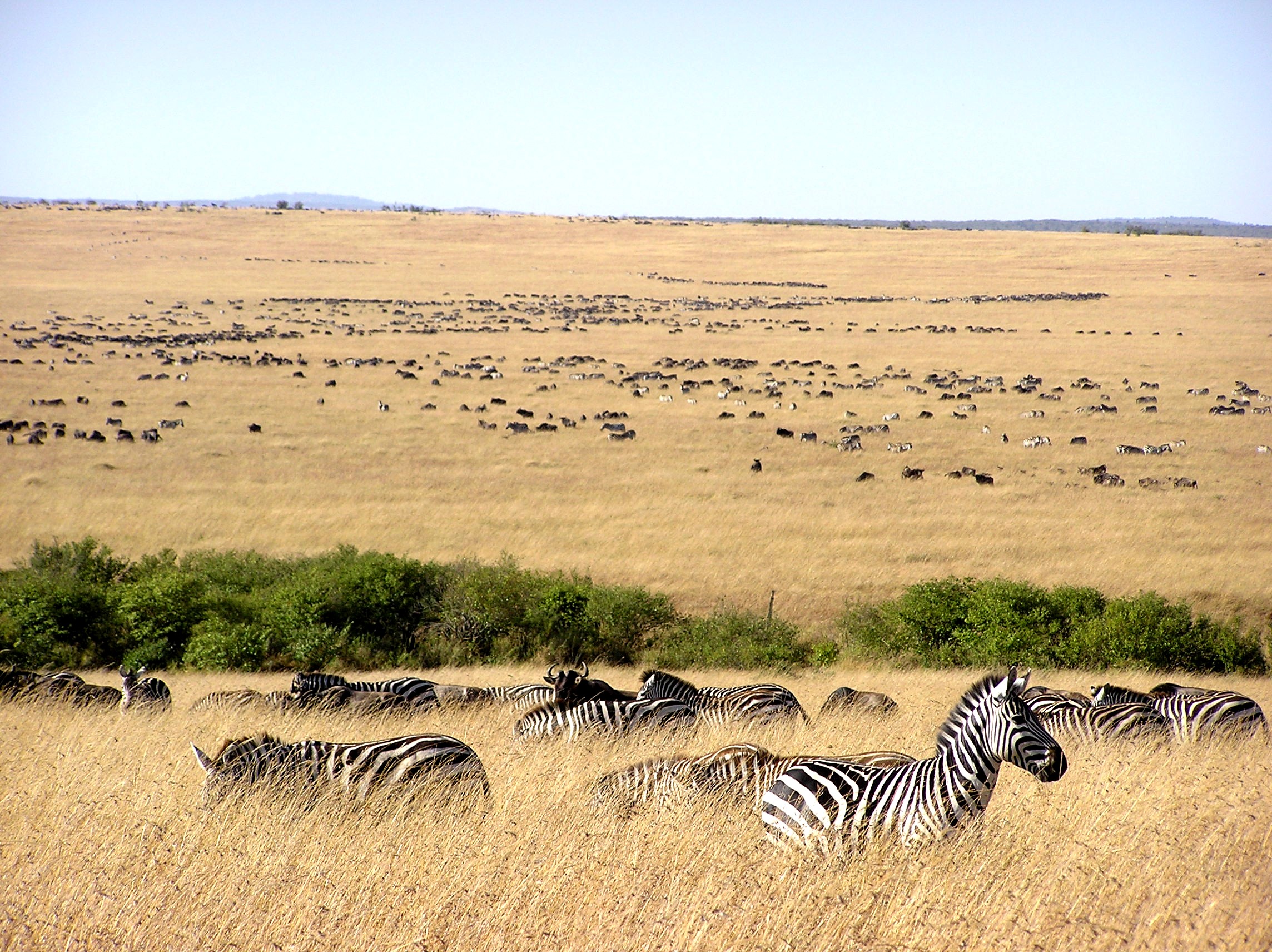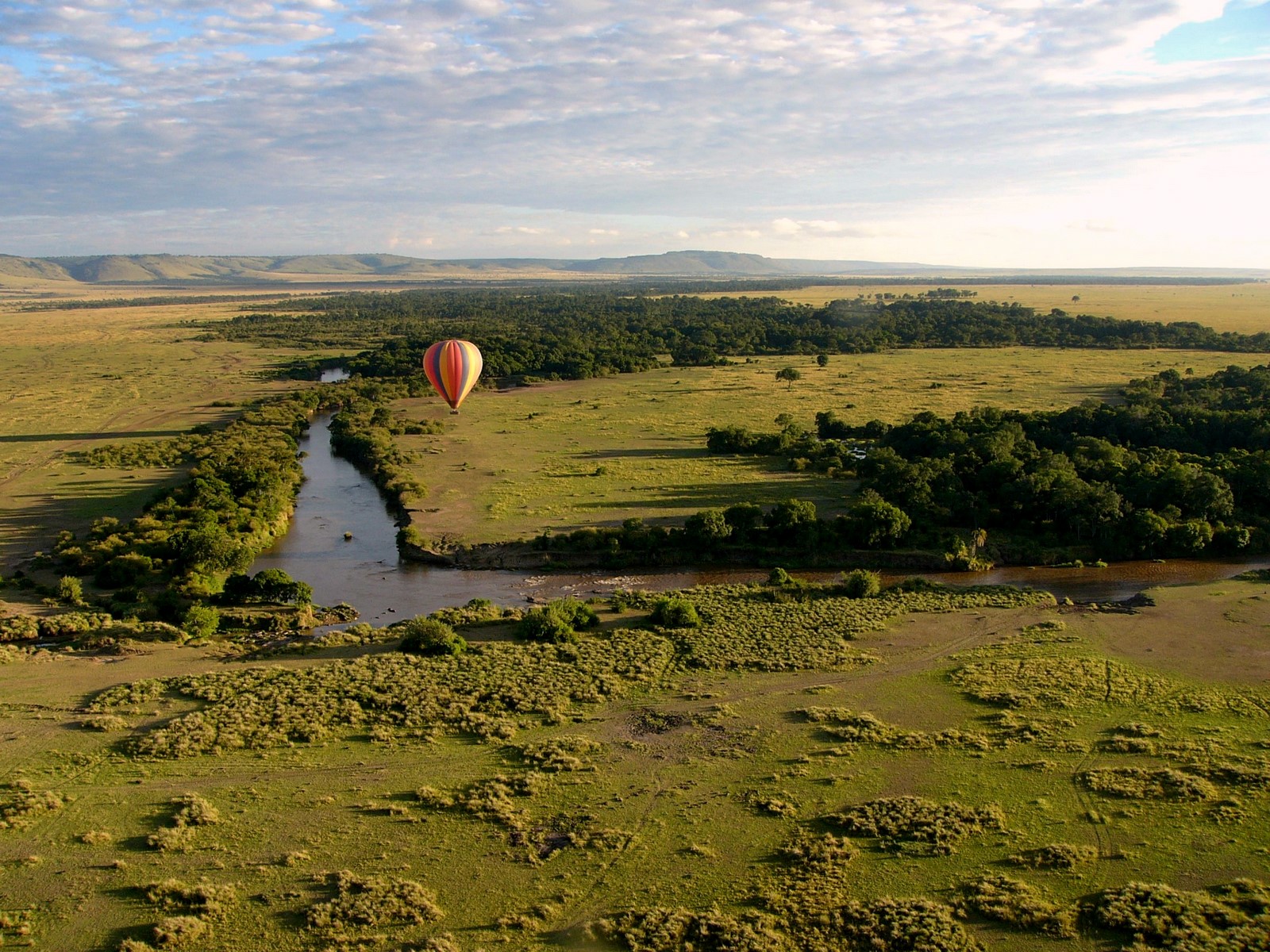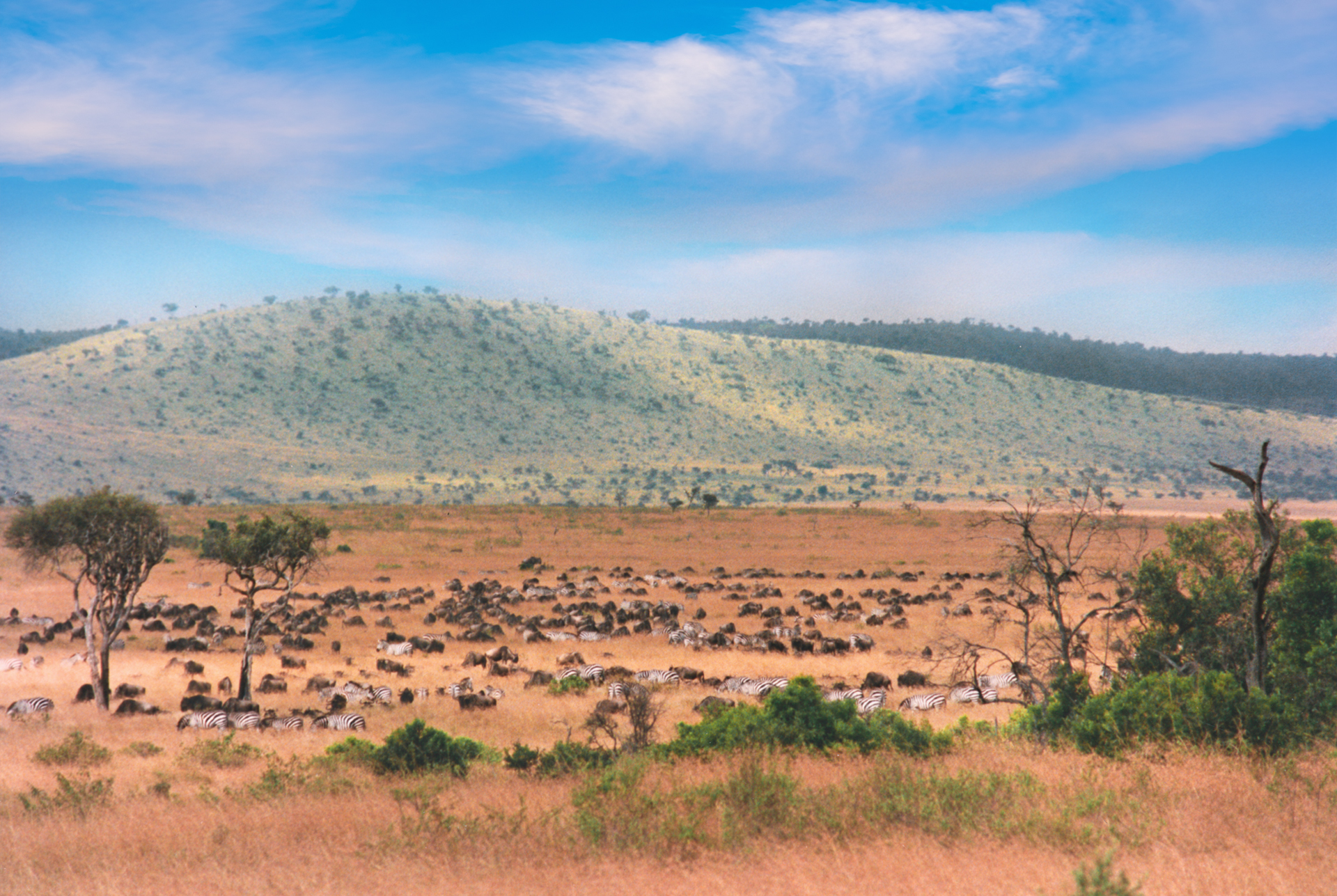Mythologies Of The Masais In Kenya
The Masais of Kenya are famous for their vibrant culture and deep connection to the land. Central to their culture identity are the rich and diverse myths that shape their world view, traditions, and daily life. These myths not only provide insight into Masai beliefs and values but also reflect their deep relationship with nature and the divine. This guide looks at the varied myths of the Masais in Kenya, their origins, and key themes.
Introduction to Masai myths
The Masais, located in Kenya and northern Tanzania, possess rich beliefs. Each generation learn them from the previous generation. These myths weave their identity and offer a window into their history and spiritual life. Through oral traditions, rituals, and story telling, the Masai have kept a complex system of myths that explain the origins of the world, the nature of deities, and the animals and natural elements.
Creation myths
The myth of Enkai
The central creation myth among the Masai is the story of Enkai, the supreme deity who created the world. According to Masai tradition, Enkai is a god of both creation and destruction. It is the duality of life and death. The myth tells how Enkai formed the earth, the skies, and all living beings.
In the myth, Enkai is a divine figure who lives in the heavens, and his actions directly influence the natural world. Enkai’s gift of cattle to the Masai is a significant element of this myth. It is about growth, life, and social status. The relationship between Enkai and cattle shows the Masai’s deep connection to their life style and their respect for cattle as sacred beings.
The role of cattle
Cattle play a pivotal role in Masai legend, not just as a source of living but as a divine gift. According to legend, Enkai gave the cattle to the Masai as a symbol of his favour and as a means of keeping them. The myth shows the importance of cattle in Masai society. They considered the cattle sacred and used them for rituals, rites, and social structures.
In addition to their practical use, cattle embodies the divine presence of Enkai. Their role in rites and offerings shows the belief that having a good relationship with Enkai means keeping this divine gift.
The line of Masai deities
Enkai
Enkai, the chief deity in Masai legend, relates to the creation of the world and cattle. It is often a kind god who watches over the Masai. However, it also has an evil side to those who violate sacred laws or fail to honour the divine gift of cattle.
The Masai feels Enkai’s presence through various natural events, such as thunder storms. They think these events are signs of his wrath or blessings. Enkai’s dual nature shows the balance between creation and destruction, a key theme in Masai legend.
Other deities and spirits
In addition to Enkai, the Masai gods include various lesser deities and spirits that play specific roles in their legend. These include:
-
- Oloibon: A spiritual leader and diviner who acts as a person between the Masai and the divine. Maasais revere the Oloibon for his wisdom and ability to communicate with the gods.
- Ancestors: The Maasais revere the spirits of dead ancestors and call them upon in rituals. They influence the living and provide guidance and protection.
- Nature spirits: Spirits associated with natural elements such as rivers, mountains, and forests. Maasais believe that these spirits inhabit and protect sacred places and often invoked them in rituals and offerings.
Myths of nature and animals
The significance of animals
Animals hold a special place in Masai mythology, with many myths explaining their roles and characteristics. For example, the lion is considered a symbol of strength and courage, often associated with the warrior class (Morans). The lion’s behavior and attributes are seen as divine lessons in bravery and leadership.
Similarly, the hyena is often depicted negatively in Masai myths, associated with deceit and bad omens. These animal myths are not only a reflection of the Masai’s interactions with wildlife but also serve as moral and cultural teachings.
Nature myths and sacred sites
Nature is deeply embedded in Masai mythology, with various natural features considered sacred. Mountains, rivers, and trees are often associated with deities and spirits. For instance, Mount Longido is considered a sacred site where divine presence is believed to be particularly strong.
Sacred groves and natural landmarks are places of ritual and worship, where the Masai conduct ceremonies to honor deities and seek divine favor. These sites are integral to maintaining spiritual connections and preserving the myths associated with them.
Rites of passage and rituals
Initiation rites
Initiation rites are a crucial aspect of Masai mythology and cultural practice. These rites mark the transition from one stage of life to another, such as from childhood to adulthood. The ceremonies involve various rituals that are steeped in mythological significance, often invoking the blessings of Enkai and other deities.
For example, the initiation of young warriors involves rituals that symbolize their readiness to take on the responsibilities of adulthood. These rites are accompanied by traditional songs, dances, and offerings that honor the divine and seek protection and guidance for the initiates.
Divination and prophecy
Divination and prophecy are important elements of Masai spirituality, often conducted by the Oloibon or other spiritual leaders. These practices involve interpreting signs and omens to gain insight into the divine will and future events. The rituals associated with divination are rooted in mythology and involve invoking spirits and deities to provide guidance and answers.
Cultural practices and mythology
Storytelling traditions
Storytelling is a vital tradition for preserving Masai mythology. Elders and oral historians pass down myths and legends through spoken word, using stories to educate younger generations about their cultural heritage. These stories are often performed with dramatic flair, involving songs, dances, and visual elements that bring the myths to life.
Storytelling serves as a means of preserving history, imparting moral lessons, and reinforcing cultural values. It is a dynamic practice that adapts to changing times while maintaining its core mythological elements.
Influence on Masai art and rituals
Masai mythology influences their art and rituals. Traditional beadwork, carvings, and paintings often depict mythological themes and symbols. Rituals and ceremonies incorporate elements from the myths, such as offerings to deities and sacred dances that reenact mythological events.
These artistic and ritualistic expressions help to maintain the connection between the Masai people and their mythological heritage, ensuring that the stories and beliefs continue to be a living part of their culture.
Challenges in preserving mythologies
Modernisation and cultural change
Modernization poses significant challenges to the preservation of Masai mythologies. As Kenya undergoes rapid development, contemporary values and technologies overshadow traditional practices and beliefs. The younger generation may become disconnected from traditional myths as they engage with modern lifestyles and global influences.
Efforts to preserve Masai mythology involve integrating traditional beliefs into modern contexts, such as through educational programs and cultural events that highlight the importance of mythology in contemporary life.
Efforts to preserve and revive
Various initiatives are underway to preserve and revive Masai mythology. These include community-based projects that focus on cultural education, storytelling workshops, and the documentation of oral histories. NGOs and cultural organizations work to support Masai communities in maintaining their traditions and adapting them to modern contexts.
By promoting cultural heritage and providing platforms for the transmission of myths, these efforts aim to ensure that Masai mythology continues to be a vital and living part of their cultural identity.
Connecting nature with mythologies
The diverse mythologies of the Masais in Kenya are a testament to their rich cultural heritage and deep connection to the natural world. From creation myths and deities to animal symbolism and sacred sites, these myths offer a profound understanding of Masai beliefs and values. Despite the challenges posed by modernization and cultural change, efforts to preserve and revive Masai mythology are crucial for maintaining their cultural identity and ensuring that these timeless stories continue to resonate with future generations.
Exploring Masai mythology not only provides insight into their spiritual and cultural world but also high lights the importance of preserving diverse culture stories in a rapidly changing world. Embracing and support these efforts. We can then celebrate of one of Kenya’s most lasting culture treasures.

